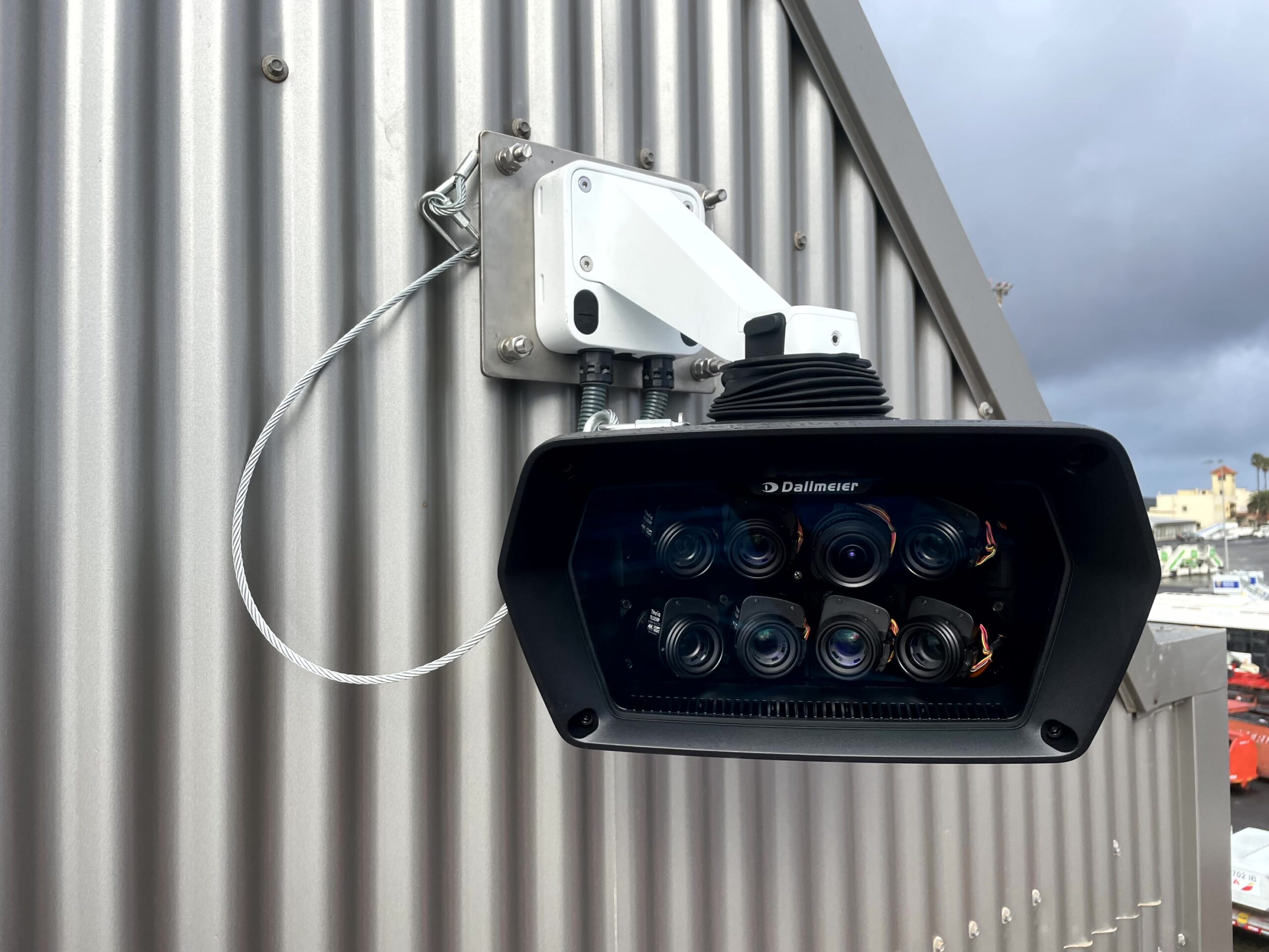When it comes to maritime security, there can all too often be a tendency to look backwards without anticipating ahead. Collecting and collating data is all well and good, but fixating on it can perhaps lead to something of a shock when attacks flare up. Steven Jones, Maritime Correspondent at Security News Desk, discusses.
Past performance is no indicator of future results, as any stockbroker would be quick to stress. For shipping though, there has been an almost fanatical faith in data, despite it being held that only a small percentage of attacks are reported.
The current crop of reports state piracy has dropped, and the latest figures from the International Maritime Bureau (IMB) and the Regional Cooperation Agreement on Combating Piracy and Armed Robbery against Ships in Asia (ReCAAP) have both stressed 20 year lows in pirate activity.
This would be cause for some celebration, were it not for the fact that out at sea there has been a sudden and dramatic spike in attacks, with not only pirates, but terrorists and insurgents all in the frame.
The latest attacks saw U.S. Navy vessels, “USS Mason” and “USS Ponce” both come under attack in the southern Red Sea. This followed a missile attack on the United Arab Emirates flagged “HSV-2 Swift”.
The US Navy attacks were understood to be launched from the Yemen, more specifically areas controlled by Iran-aligned Houthi forces. With the conflict in Yemen escalating, marine insurers have been warning vessels transiting the Bab-el-Mandeb Strait may face increased risk.
Analysts have claimed there is a, “step change in violence” in these troubled waters. The advice is that commercial vessels in the region should operate under a heightened state of alert.
An attack on Teekay LNG carrier “Galicia Spirit” by rocket propelled grenade fire seemed to confirm the fears. According to reports, a skiff filled with armed men approached from the Yemen coast and fired at the large gas carrier.
Fortunately, the vessel was not seriously damaged and the ensuing fire did not cause an explosion. Rather incredibly there were no injuries onboard, and the vessel suffered only light damage. It could have been so different, and in many regards this was something of a warning.
The fact that these regional waters appear to be more active is a massive cause for concern. Regardless of the exact nature of the Yemen threat, there are signs that Somali pirates are looking to sea once more.
Just last month the chemical tanker “CPO Korea” was attacked off Somalia. An embarked armed team tracked a skiff rapidly moving towards the vessel and fired warning shots, which were returned from the skiff. The tanker immediately increased its speed and altered course before eventually breaking away without sustaining casualties.
The United Nations (UN) has even revisited its discussions on piracy. The Security Council recently renewed its authorisation for international naval forces to join in fighting piracy off the coast of Somalia. Stating the problem remained, “a matter of grave concern”.
The Council unanimously adopted resolution 2316 (2016) and renewed the call for co-operation in deploying naval assets, logistical support, and by capturing boats, arms and related equipment used in piracy and armed robbery in the area.
This comes at a rather difficult and complex time – NATO has announced it is set to withdraw vessels, and the Danish Navy has already stated that it is “mission accomplished”, and they are ceasing Indian Ocean patrols.
The success painted in the piracy data suggests progress, however the unfortunate reality at sea can be very different. Despite the celebratory tone, the Somali issue has not gone away, the Red Sea is potentially problematic and the Strait of Bab-el-Mandeb is living up to its name, the “Gate of Tears”.
Elsewhere things are seemingly no better – A Maersk Line container vessel came under attack from Nigerian pirates close to Bonny Island last month. An armed speedboat launched an assault on the vessel, but was thankfully thwarted. It is suspected the attack was carried out by the same group that attempted an attack on a convoy of supply vessels earlier in November.
With vessels still coming under attack, and a need for diligent application of Best Management Practices (BMPs), a new guide has been produced, “The Handbook on the Use of Force for Private Security Companies”. Published by Oceans Beyond Piracy and written by Phillip Drew and Rob McLaughlin, it suggests that we could once more be seeing an increase in privately contracted armed security personnel onboard.
Perhaps, then, the maritime security industry, which for the past couple of years has found its self in rather a tortuous commercial position, may be about to come to fore once more. It seems to depend on whether shipping companies seek to continue looking astern, or decide to project ahead with the decisions they will take to protect their crews, cargoes and vessels.
[su_button url=”https://www.securitynewsdesk.com/newspaper/” target=”blank” style=”flat” background=”#df2027″ color=”#ffffff” size=”10″ radius=”20″ icon=”icon: arrow-circle-right”]For more stories like this click here for the Security News Desk Newspaper[/su_button]






















